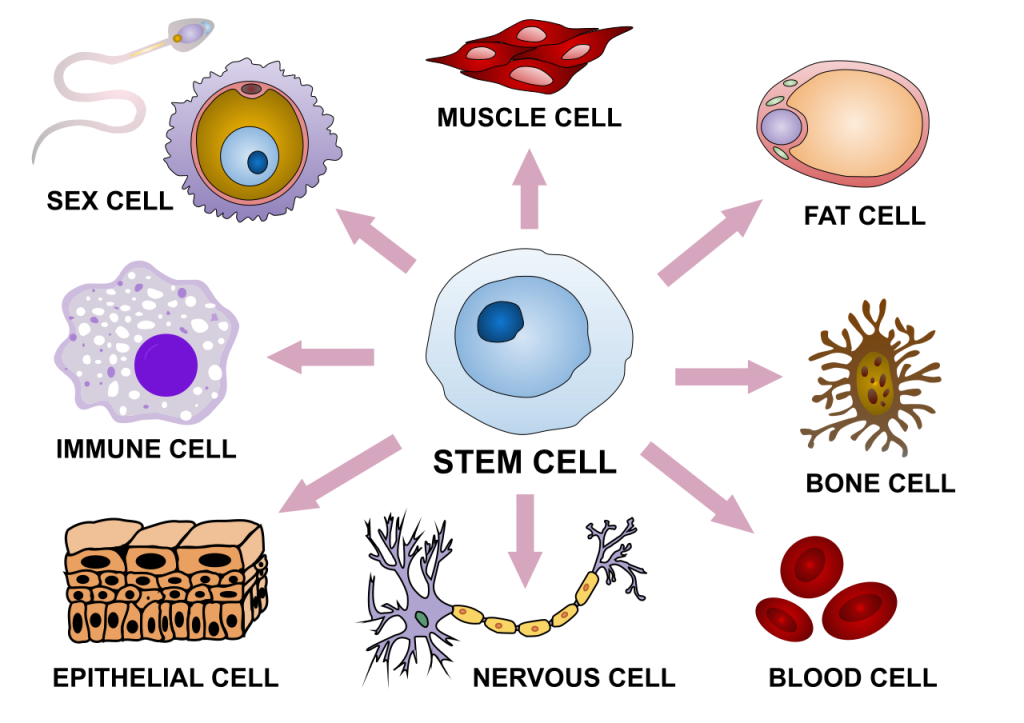How Cells Work
Published .

The cell is the fundamental organizational unit of life. All living things are composed of cells, which then further subdivide based on the presence or absence of the nucleus, into two types: eukaryotic cells – these cells are present in all the human, animal and plants with a clear, distinct nucleus. Prokaryotic cells are some bacteria and blue-green algae which do not contain a clear and distinct nucleus, but the nuclear material is spread within the cytoplasm. The cells with a similar structure and function come together to form tissue. The tissues basically classify as four different types, namely, the epithelial, connective, muscular, and nervous tissues. A combination of these tissues is present in an organ. The total number of cells, their type, size, and shape finally determines the size, structure, and function of each particular organism.
A human body is composed of close to fifty to a hundred trillion cells. They show high diversity in their sizes, structure, number, and function. The human brain itself is estimated to contain around a hundred billion neurons and the same amount of supporting glial cells. The cell size varies significantly with the diameter, ranging from 7.5 µm (RBC) to 150 µm (Ovum). They are classified into different types and intended to perform specialized activities like nerve cells, muscle cells, etc. Classically, estimates are that there are almost 200 different types of cells in an adult human body based on a histological or morphological perspective.
Internal respiration refers to the delivery of oxygen to cells and removes waste carbon dioxide through internal respiration, another key function of the respiratory system. In this respiratory process, red blood cells carry oxygen absorbed from the lungs around the body, through the vasculature. When oxygenated blood reaches the narrow capillaries, the red blood cells release the oxygen. It diffuses through the capillary walls into body tissues. Meanwhile, carbon dioxide diffuses from the tissues into red blood cells and plasma. The deoxygenated blood carries the carbon dioxide back to the lungs for release.
Cellular respiration refers the the complex chemical chain reaction that occurs when oxygen is used to convert nutrients into energy. The process involves oxygen, not unlike a fire. The body is comprised of millions of specialized cells that have various functions necessary for life. If the cells are lacking in fuel (sugar) or oxygen, the chain reaction will not occur and the cell could cease to function or live. The process of cellular metabolism produces carbon dioxide (CO2) as a waste product (not unlike smoke).
The main reason you need to eat is to get energy. Food is your body’s only supply of energy. However, this energy must be converted from the apple (or any other food you eat) into an energy source that your body can use. The process of getting energy from your food is called cellular respiration.
How does the food you eat provide energy? When you need a quick boost of energy, you might reach for an apple or a candy bar. But cells do not “eat” apples or candy bars; these foods need to be broken down so that cells can use them. Through the process of cellular respiration, the energy in food is changed into energy that can be used by the body’s cells. Initially, the sugars in the food you eat are digested into the simple sugar glucose, a monosaccharide. Recall that glucose is the sugar produced by the plant during photosynthesis. The glucose, or the polysaccharide made from many glucose molecules, such as starch, is then passed to the organism that eats the plant. This organism could be you, or it could be the organism that you eat. Either way, it is the glucose molecules that holds the energy.
Specifically, during cellular respiration, the energy stored in glucose is transferred to ATP. ATP, or adenosine triphosphate, is chemical energy the cell can use. It is the molecule that provides energy for your cells to perform work, such as moving your muscles as you walk down the street. But cellular respiration is slightly more complicated than just converting the energy from glucose into ATP. Cellular respiration can be described as the reverse or opposite of photosynthesis. During cellular respiration, glucose, in the presence of oxygen, is converted into carbon dioxide and water. Recall that carbon dioxide and water are the starting products of photosynthesis.
The process can be summarized as: glucose + oxygen → carbon dioxide + water. During this process, the energy stored in glucose is transferred to ATP.
Energy is stored in the bonds between the phosphate groups (PO4–) of the ATP molecule. When ATP is broken down into ADP (adenosine diphosphate) and inorganic phosphate, energy is released. When ADP and inorganic phosphate are joined to form ATP, energy is stored. During cellular respiration, about 36 to 38 ATP molecules are produced for every glucose molecule.
